Chris Kuehl
Managing Director • Armada
This is a term I have been hearing a lot lately. People are growing weary of the constant coverage and the constant variation in policy. Now the most common business reaction is to essentially throw one’s hands in the air while delaying as many decisions as possible. The financial world has drawn the ire of Trump by coining a phrase to describe the situation. The TACO tariff as in “Trump Always Chickens Out”. To be honest the back and forth that has confused the tariff conversation is pretty much standard procedure when engaged in negotiation. The problem is that most businesses crave certainty to the extent they can get it. This is especially the case in the construction sector as these projects have long time lines.
A bigger issue is that other important business and economic issues get pushed aside as everybody becomes preoccupied with the daily gyrations over tariffs and trade. There are three of these “other” issues that stand out. The first is the workforce problem – it has not gone away and has actually become more complex. The overall jobless rate remains near record lows at 4.2% but for recent college grads it is at 6.0% and for many majors that percentage is in double digits. There are still over 7 million people seeking work so how is it that labor shortage is still such a major problem? It is basically the disconnect between what the business community needs and what skills are possessed by potential job seekers. The bottom line is that there may be plenty of people looking for employment but they are not hirable. It is estimated that it takes between 12 and 24 months to train an inexperienced person and most companies simply do not have that kind of time.
The second issue that has been ignored is infrastructure. In the frenzy to cut spending there has been an acceleration of neglect. Antiquated ports and airports, bad highways, failed power systems and so on. These breakdowns and inadequacies cost the economy tens of billions of dollars every year. Much has been made of China’s advantages in global competition with focus on low cost labor and loose regulations but the most important advantage has been the staggering investment in first class transportation support as well as robust financial engagement by the government. The US has been graded D- by the American Society of Civil Engineers – especially as it involves energy and transportation.
The third area of concern involves engagement in the technologies that are expected to dominate in the near future. China declared its interest in developing in the ten most important future sectors some years ago and they have made considerable progress. These include electric vehicles, alternate power sources, robotics, aerospace, medical technology and AI. The US is fast losing much of its first mover advantage in these sectors as there has been lukewarm support from the government and caution in the private sector. In the last year there has been outright opposition to many of these innovations coming from the political powers that be. Given the persistent threat of a workforce crisis the solution has to be technological and the US has become very reluctant to move away from traditional patterns. When one looks at the predictions circulating the US is woefully behind. By 2030 it is expected that one if three Japanese households will have a robot assistant in the home. AI is expected to eliminate millions of entry level white-collar jobs and the US is not prepared.
Recent Posts
- What Do We Know and What Do We Wish We Knew? December 18, 2025
- Chapter 7 Essentials: Steps Every Credit Professional Should Take December 5, 2025
- The Great Disconnect November 13, 2025
- Credit Tightrope: Balancing Trust and Risk with Marginal Customers November 11, 2025
- What is American Business Dynamism and What has Happened to it? October 17, 2025
- Incoterms: The complications when using them with letters of credit October 13, 2025










